In 2018, the Chicago History Museum acquired the Chicago Sun-Times photography collection, which spans from the 1940s to the early 2000s—one of the largest newspaper photograph collections ever acquired by an American museum. In this blog post, CHM metadata librarian Izzy Westcott explains how the massive collection was processed and made searchable to the public.
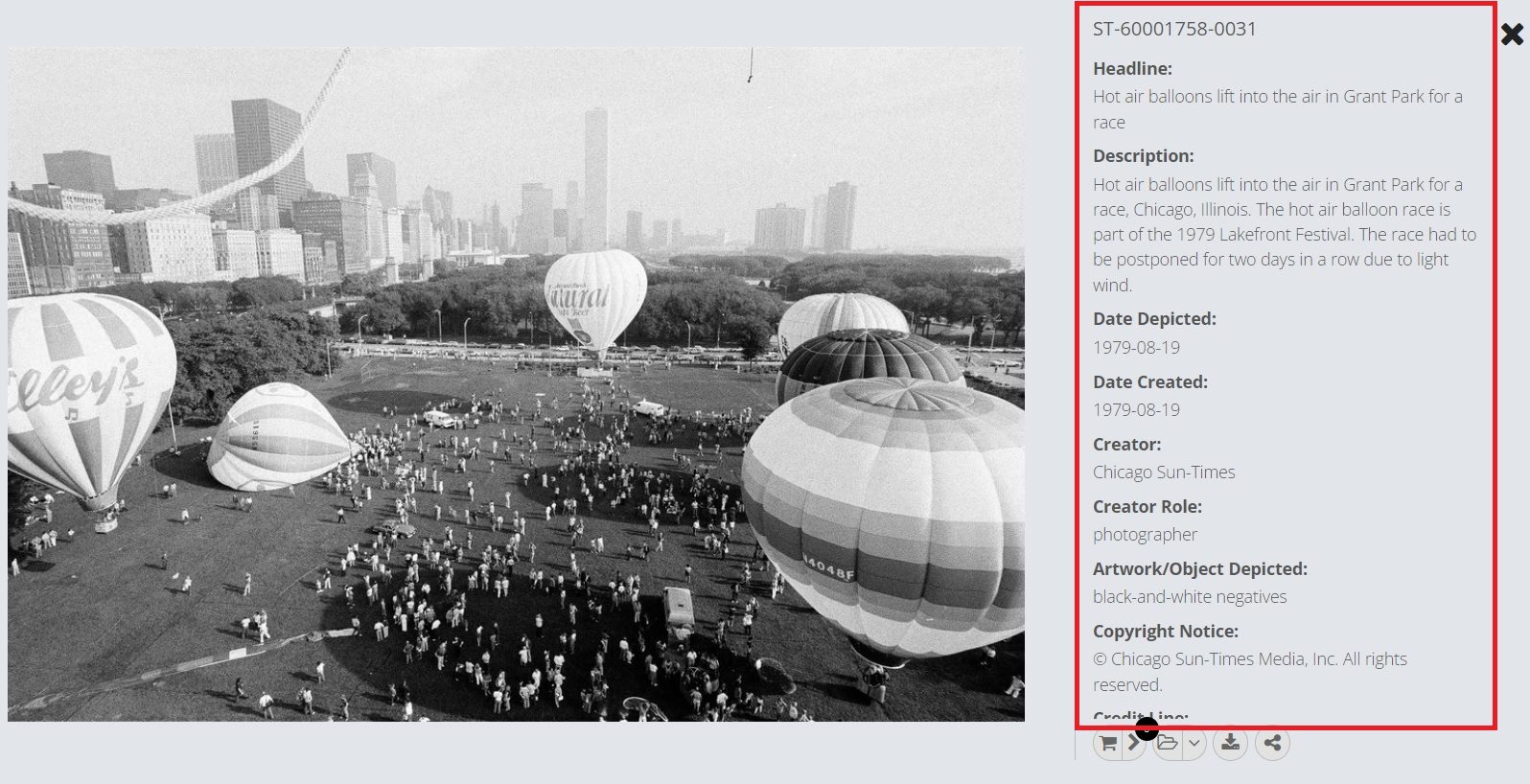
An example of metadata (in red box) as seen on our online image portal, CHM Images. Hot air balloons lift into the air in Grant Park for a race, Chicago, August 19, 1979. ST-60001758-0031, Chicago Sun-Times collection, CHM
1. What is your role at the Museum and how did you contribute to the Chicago Sun-Times collection project?
As the metadata librarian for the Chicago Sun-Times photography collection, I reviewed, edited, and organized collection’s descriptive metadata (information about the content of the materials). This included the creation of publicly accessible Airtable databases, which act as inventories for more than 2.5 million images.
I started this year-long position in spring 2022, and after familiarizing myself with the history of the collection and Airtable itself, I got to work cleaning and enhancing the collection’s metadata. Thanks to the many interns and staff who contributed to this project before me, a significant portion of the collection had already been enhanced, with precise descriptions, topic assignments, and location data. I continued this work by using Airtable’s features to move systematically through the collection. I tracked my progress as I reviewed date and topic fields, assigned topics and addresses, and enhanced or adjusted descriptions. I worked through the collection to tackle as much as possible, while also acknowledging that, due to the volume of the collection, I would not be able to review or enhance every job.
In addition to enhancing metadata, I also created publicly accessible databases in Airtable where researchers can search for images and access links to digital image files. This process involved combining sets of metadata that had previously been separated and performing user testing to evaluate the databases. Lastly, with the help of colleagues, I created the Sun-Times Collection research guide, which provides access instructions and search strategies.
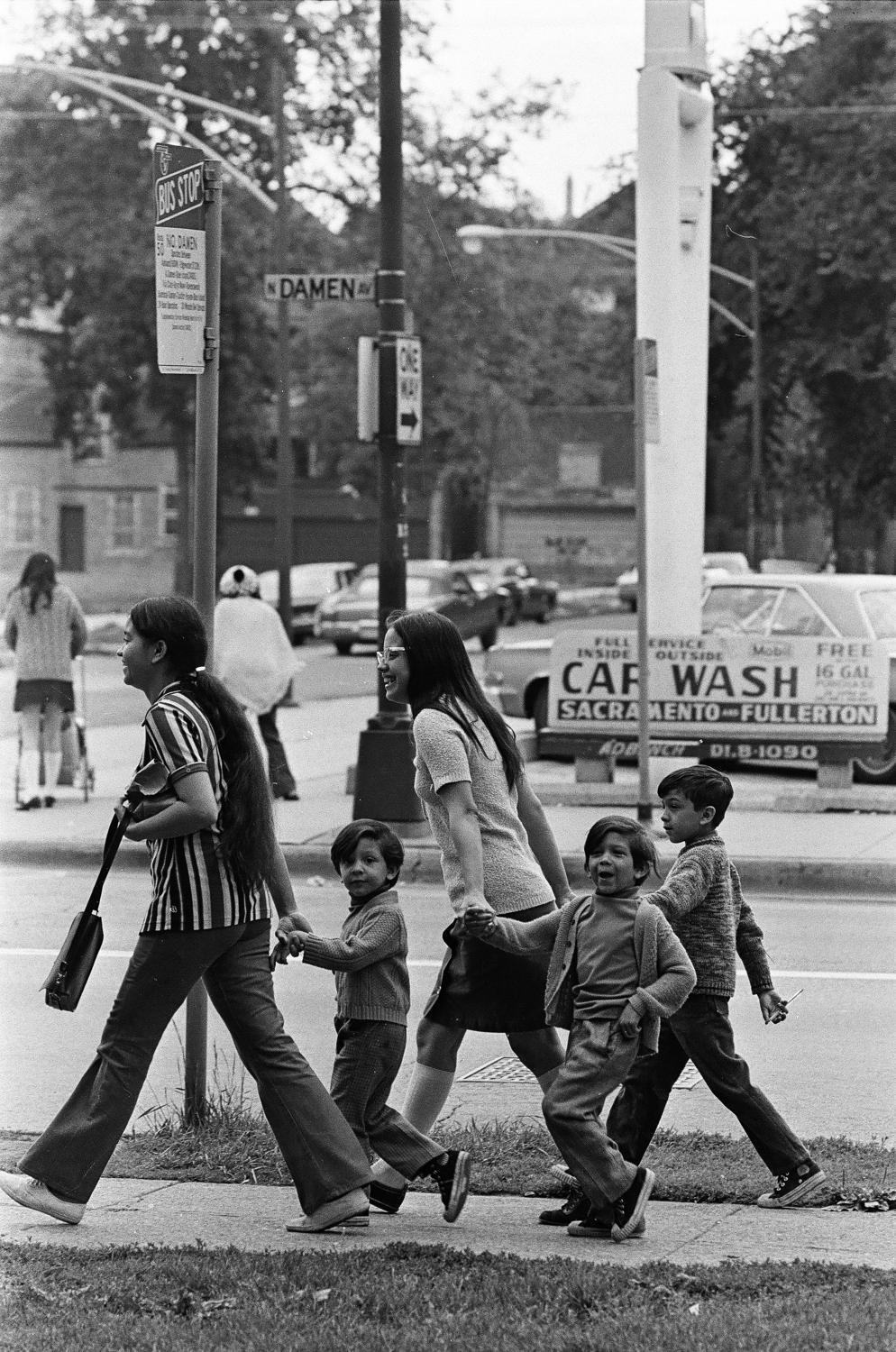
Pedestrians along Damen Avenue, Chicago, July 1972. ST-13003696-0007, Chicago Sun-Times collection, CHM
2. What is one photograph or series of photographs that you found particularly striking. and why?
I came across a job with the headline “Street” and the description “Rosehill cemetery.” However, of the 156 images in the job, number 13003696, only a small portion depicted the cemetery. There were also images of other parts of the city, including a baseball game, a playground, and people gathered on a park bench. The images did not obviously appear connected to one another. I could not find anything with a similar description in the Chicago Sun-Times Historical Archives from around that date, July 1972.
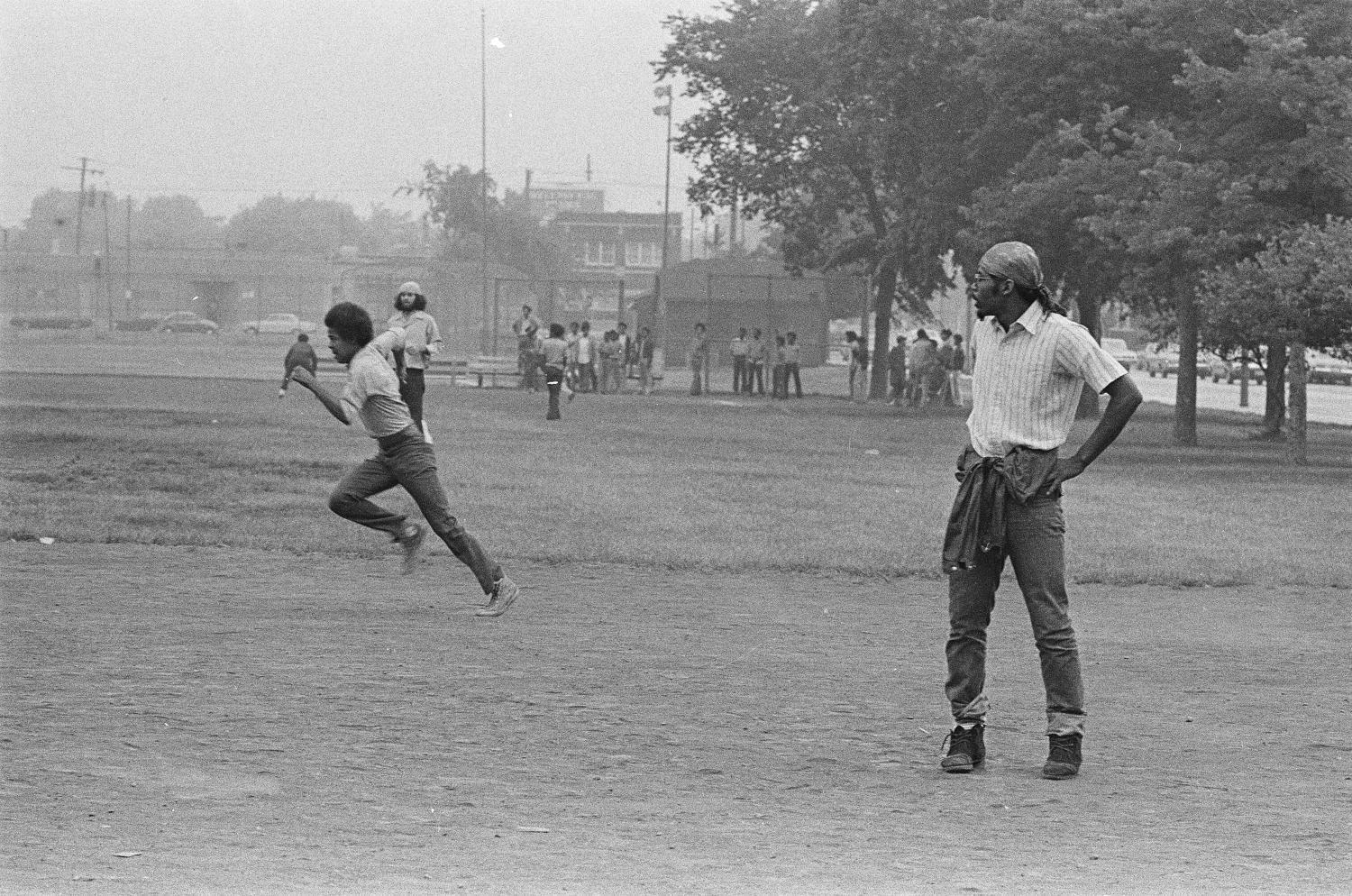
People playing in a field, Chicago, July 1972. ST-13003696-0041, Chicago Sun-Times collection, CHM
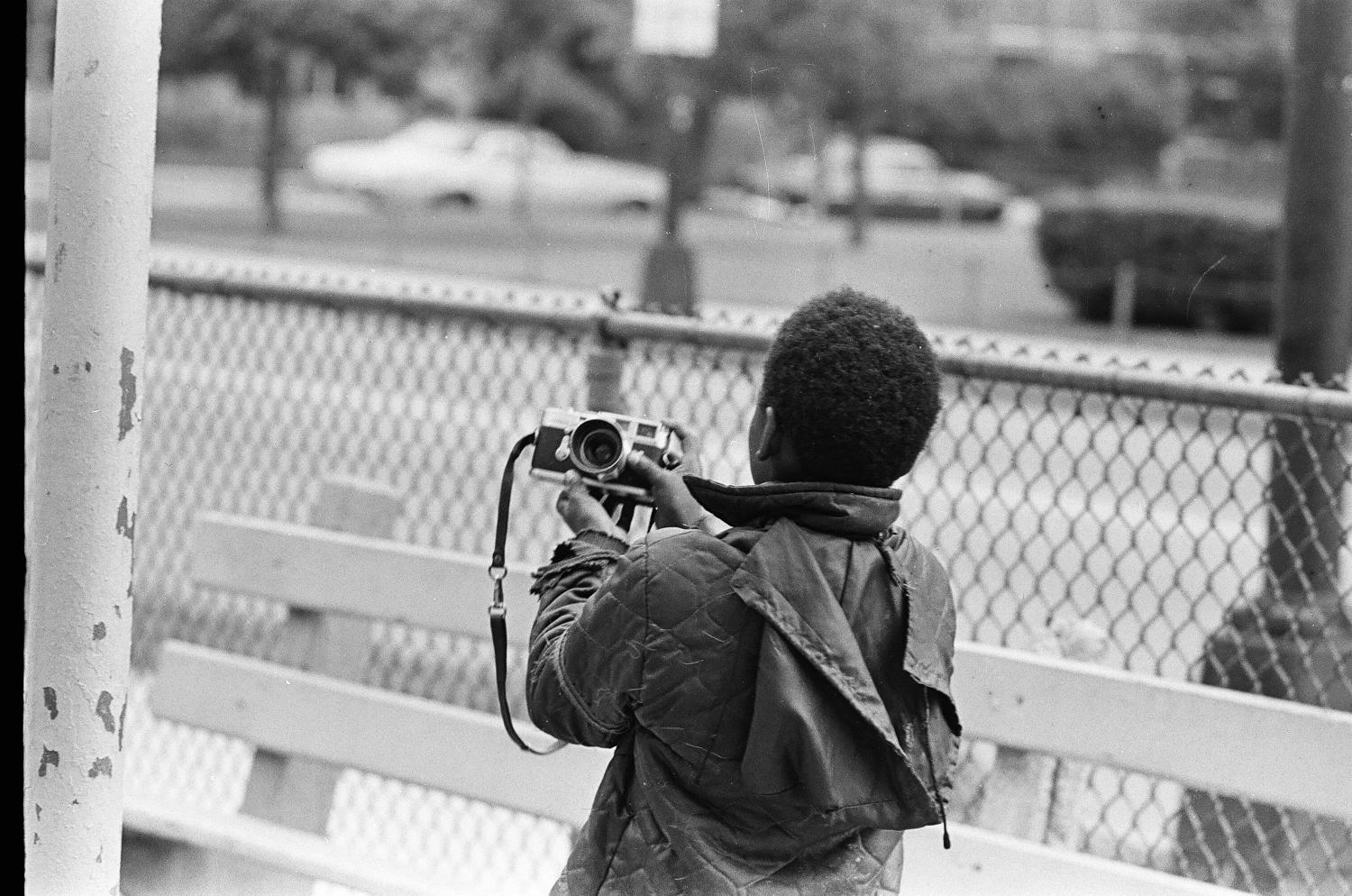
A child in a park taking a self-portrait, Chicago, July 1972. ST-13003696-0081, Chicago Sun-Times collection, CHM
After examining the images for location details and street addresses, I began to suspect they all depict locations along Damen Avenue. I imagined a Sun-Times photographer driving the entire length of the street, from Beverly all the way up past the cemetery, stopping and snapping pictures whenever they saw something interesting. Although this job is unusual for the collection, as most jobs contain images taken at one specific event or location, I think it’s a striking example of the range and scope of the Sun-Times photographs. The collection provides valuable documentation of major events and notable people, but it also captures the daily lives of Chicagoans and offers a chance for researchers to explore the history of the city.
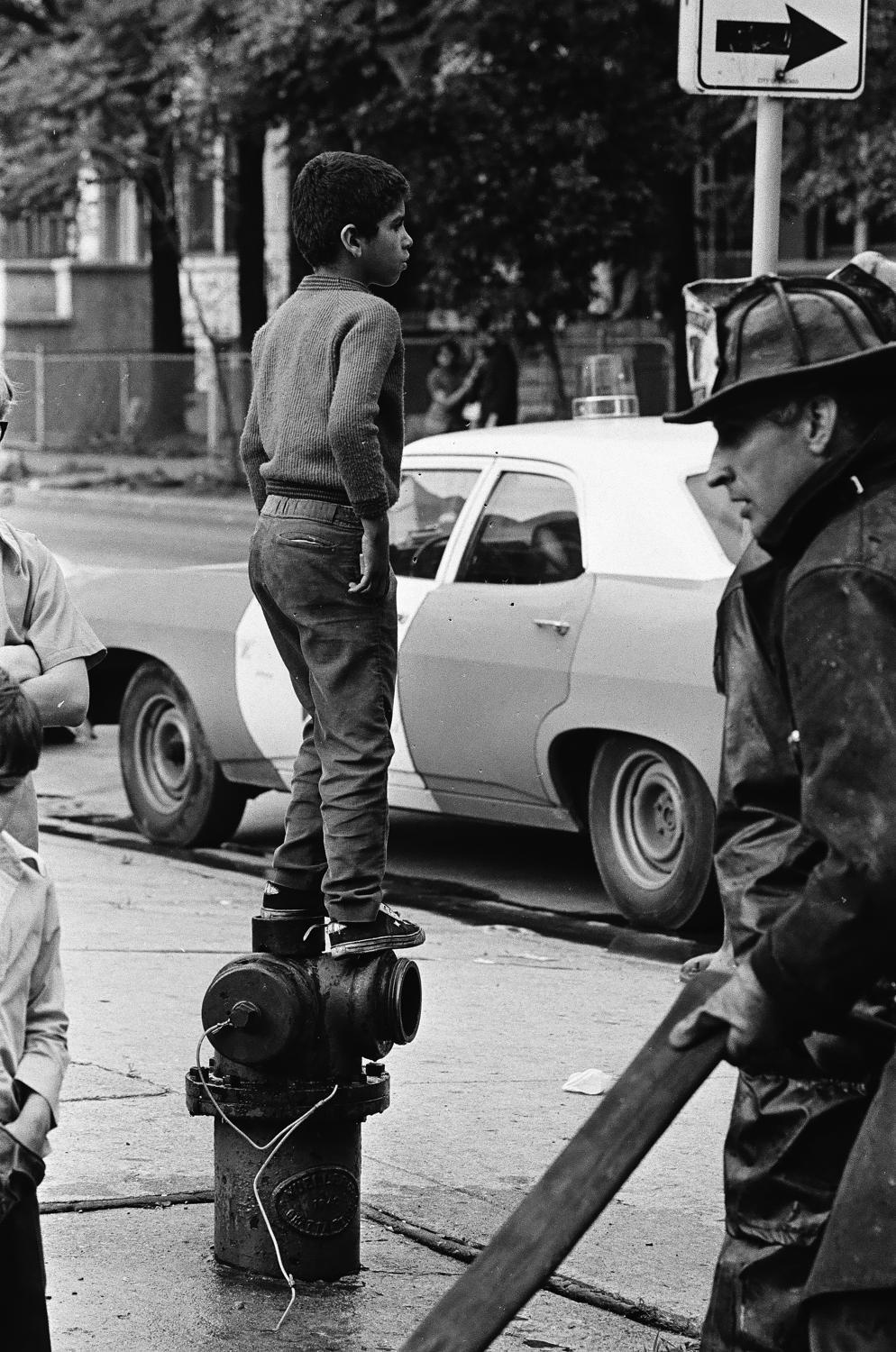
A child standing on top of a fire hydrant, Chicago, July 1972. ST-13003696-0084, Chicago Sun-Times collection, CHM
3. Was there anything unexpected or surprising you encountered or learned during the digitization process?
As impressive as this collection is, it was certainly more challenging to work with than I expected. The sheer size of it alone has meant that we were unable to approach it the way we would more traditional collections.
One of the biggest challenges we faced was how to connect the metadata for the images, stored in Airtable, to the images themselves, stored primarily in Box. Airtable does offer Box integrations, but not when working with over 10,000 records (and we have over 200,000!). And while Box has great options for sharing links, those links do not provide a search feature, so researchers would not be able to copy and paste the job number to search for the corresponding images.
With a few other roadblocks in our way, we came up with a solution that would be efficient on our end, while also providing the smoothest path possible for our researchers. Making custom URLs for folders in Box allowed us to build a formula in Airtable that would create links for us, rather than having to copy and paste each one. You can learn more about this process and accessing images in the Sun-Times Collection research guide.
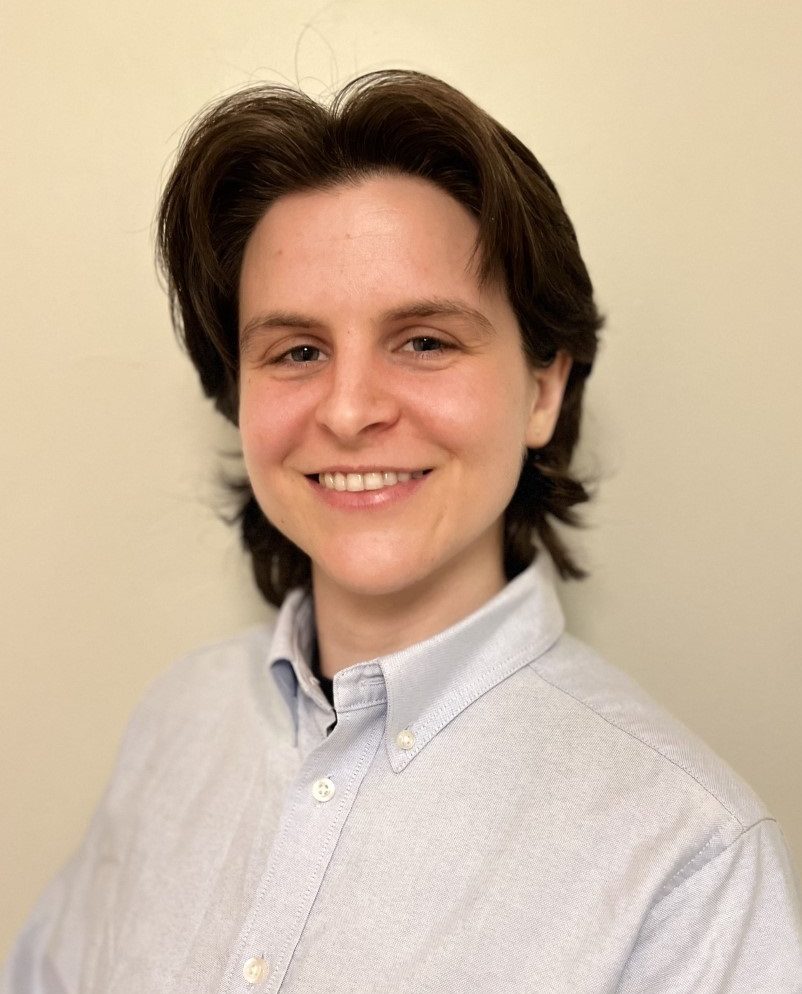 About the Author
About the Author
Izzy Westcott joined the Chicago History Museum in spring 2022 as a metadata librarian. The one-year position is part of the grant-funded project to process and digitize the Chicago Sun-Times visual materials. Westcott has a MLIS from the University of Illinois Urbana-Champaign.